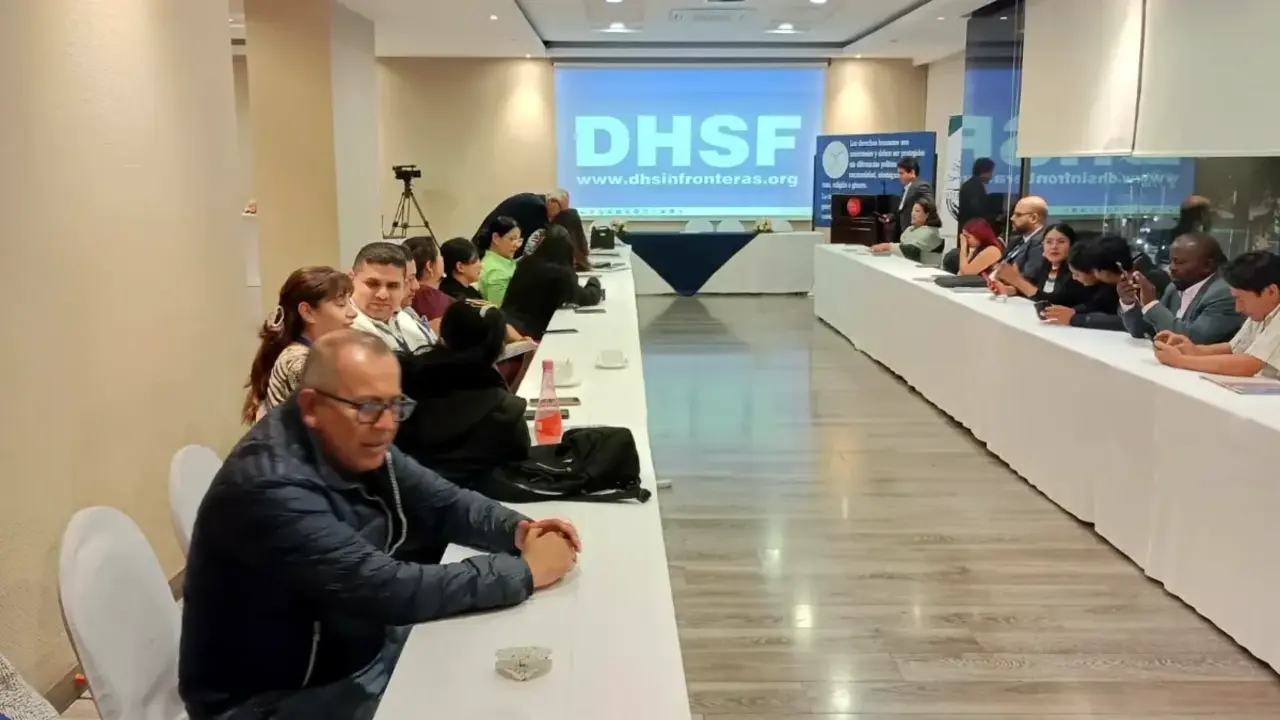Unequal access to COVID-19 vaccines is creating an epidemiological gap in the Americas

According to data available to the UN health agency on the continent, in countries with an adequate supply of vaccines, infections are declining; where vaccine coverage remains low, infections remain high. Meanwhile, the COVID-19 Regional Genomic Surveillance Network "closely monitors" the emergence and spread of SARS-CoV-2 variants.
The pandemic trend shows a clear divide in the Americas caused by access to vaccines.
"In countries with an adequate supply of vaccines, infections are declining; where vaccine coverage remains low, infections remain high," said the head of the Pan American Health Organisation.
Carissa F. Etienne explained that COVID-19 cases are consistently declining in Costa Rica, where nearly one in three people are vaccinated. South American countries with higher vaccination rates, such as Uruguay, Chile and Argentina, also report a sharp decline in cases, as do Canada and most of the United States.
However, in Latin America and the Caribbean as a whole, only 15 per cent of the population has completed its vaccination schedule, and some countries, such as Honduras and Haiti, have not yet reached one per cent, he said.
With its low vaccination rate, Honduras is seeing an increase in cases along its border with Guatemala. COVID-19 infections are on the rise in most Central American countries, with Guatemala reporting numerous cases and hospitalisations.
In the Caribbean, both cases and deaths from COVID-19 are increasing in Cuba, where the situation is particularly serious in the province of Matanzas, Dr Etienne reported.
Other smaller islands are also seeing an increase in infections, such as Martinique, where cases have tripled. Outbreaks also persist in the Amazonian states of Colombia and Peru.
"These trends illustrate how COVID-19 remains embedded in our region, especially in countries with low vaccination coverage," she stressed.
She then reiterated that public health measures, such as physical distancing, use of masks and avoiding crowds, as well as infection control through testing, contact tracing and quarantines, remain vital.
Overall, in the last week, the Americas as a region reported more than 967,000 thousand new cases and 22,000 deaths, reflecting a slight decrease from the previous week.
The number of cumulative coronavirus cases worldwide may exceed 200 million in August, according to the latest World Health Organisation projections.
At the current rate of infection, global cases will exceed that number in three weeks, the organisation says in its epidemiological update. In the last week (12-18 July), 3.4 million new cases were reported, an increase of 12% from the previous week.
After a steady decline for more than two months, the number of weekly deaths reported was similar to the previous week, at almost 57,000. The total death toll of the pandemic now exceeds four million.
The countries with the most new cases have been Indonesia (350,273 new cases; up 44%), the United Kingdom (296,447 new cases; up 41%), Brazil (287,610 new cases; down 14%), India (268,843 new cases; down 8%) and the United States (216,433 new cases; up 68%).

In addition, he reported that the COVID-19 Regional Genomic Surveillance Network, just over a year old, "closely monitors" the emergence and spread of SARS-CoV-2 variants throughout the region.
"The network has been instrumental in monitoring the spread of the virus in border areas and among travellers, who are often the first to introduce variants into a country," said Dr Etienne.
So far, 47 countries and territories in the Americas have detected at least one variant of the virus of major concern and 11 have detected all four: alpha, beta, gamma and delta.
Dr Etienne explained that the Network started as a handful of public health laboratories in 2020, including the regional sequencing laboratories Oswaldo Cruz Foundation/FIOCRUZ in Brazil and the Chilean Institute of Public Health (ISPCH), which carry out sequencing for countries without local capacity.
The Network has since grown to include 24 laboratories in total, including four additional reference laboratories: the Institute of Epidemiological Diagnosis and Reference (INDRE) in Mexico, the US Centers for Disease Control and Prevention (CDC), the University of the West Indies in Trinidad and Tobago, and the Gorgas Institute in Panama.
"Together, using science as a common language, the countries committed to strengthen their laboratory capacity, recruit staff and make surveillance a priority, building on the legacy of the surveillance and laboratory networks for dengue and influenza that have long existed in our region," the PAHO director stressed.
The UN agency supports this network by standardising laboratory protocols, conducting training courses and donating supplies, among other things.
"The COVID-19 Regional Genomic Surveillance Network is an example of the power of pan-Americanism and the importance of working together to control this virus," said Dr Etienne.
"We must bring the same spirit of collaboration and solidarity to other dimensions of our response to COVID-19, especially in terms of vaccines," she said.







